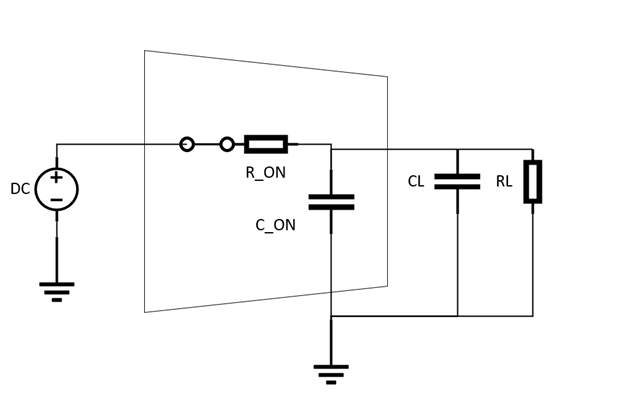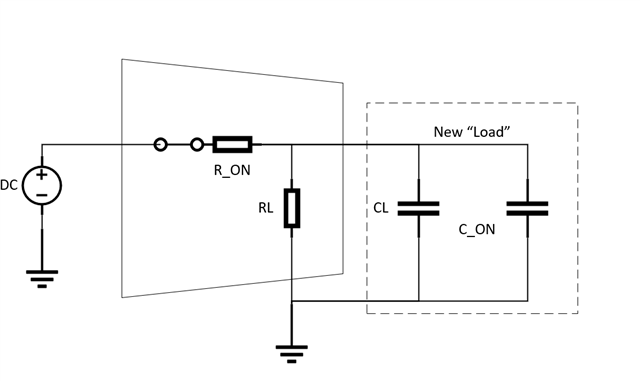Other Parts Discussed in Thread: TMUX136, TMUX646, TS5MP645, TMUX1072
Dear expert,
can you please suggest me the available device for SPDT operation where Ron<10ohms, Cin<2pf, Fsw=75Mhz and ac effect overshoot and undershoot is passed thru switch with high fidelity.
We selected TMUX136 but this part is not available till next year.
thanks,




